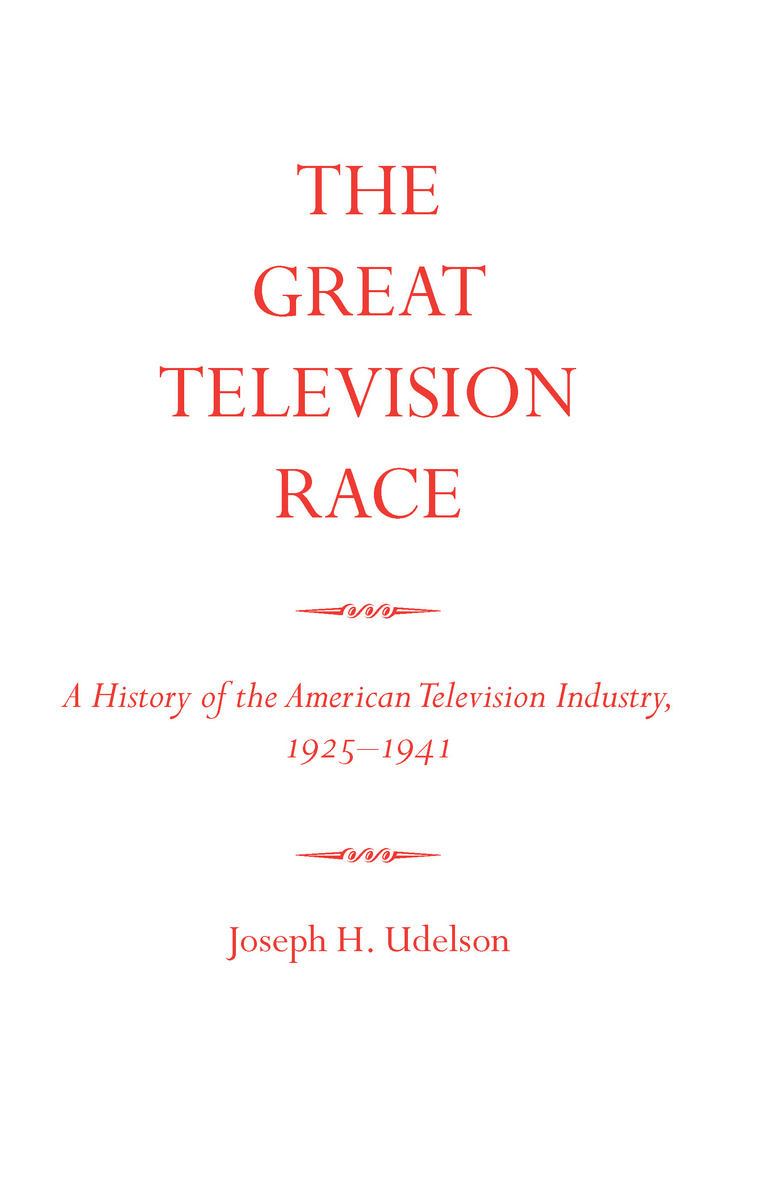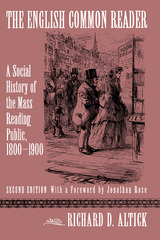The Great Television Race: A History of the American Television Industry, 1925-1941
University of Alabama Press, 1989
Paper: 978-0-8173-1230-5
See other books on: American Industry | Corporate & Business History | Media & Communications | Television | Udelson, Joseph H.
See other titles from University of Alabama Press
Paper: 978-0-8173-1230-5
ABOUT THIS BOOK | AUTHOR BIOGRAPHY | REVIEWS
ABOUT THIS BOOK
Television was first successfully demonstrated in 1925; and in 1941 the Federal Communications Commission authorized commercial telecasting in the United States. During the intervening sixteen years the technology of television had been revolutionized, and there had been created an integrated television system. These developments were accomplished amid intense engineering and corporate rivalries of international scope. The result of this competition was the formation of the American television industry composed of three distinct systems: the engineering, the programming, and the promotional. The industry had already reached maturity by the eve of the Second World War, and only the world-wide wartime disruptions prevented its immediate marketing.
The author has utilized a broad range of original sources in order to trace the American television industry from its inception until its commercialization. He demonstrates that the present monochromatic television standards, programming potentials, networking requirements, commercial promotion, and audience research have been the results of incremental achievements accomplished prior to America’s entry into World War II. He analyzes the engineering processes and describes the corporate jockeying for position in the infant industry; and he demonstrates the prominent role played by the federal government in the history of the entire enterprise.
See other books on: American Industry | Corporate & Business History | Media & Communications | Television | Udelson, Joseph H.
See other titles from University of Alabama Press












